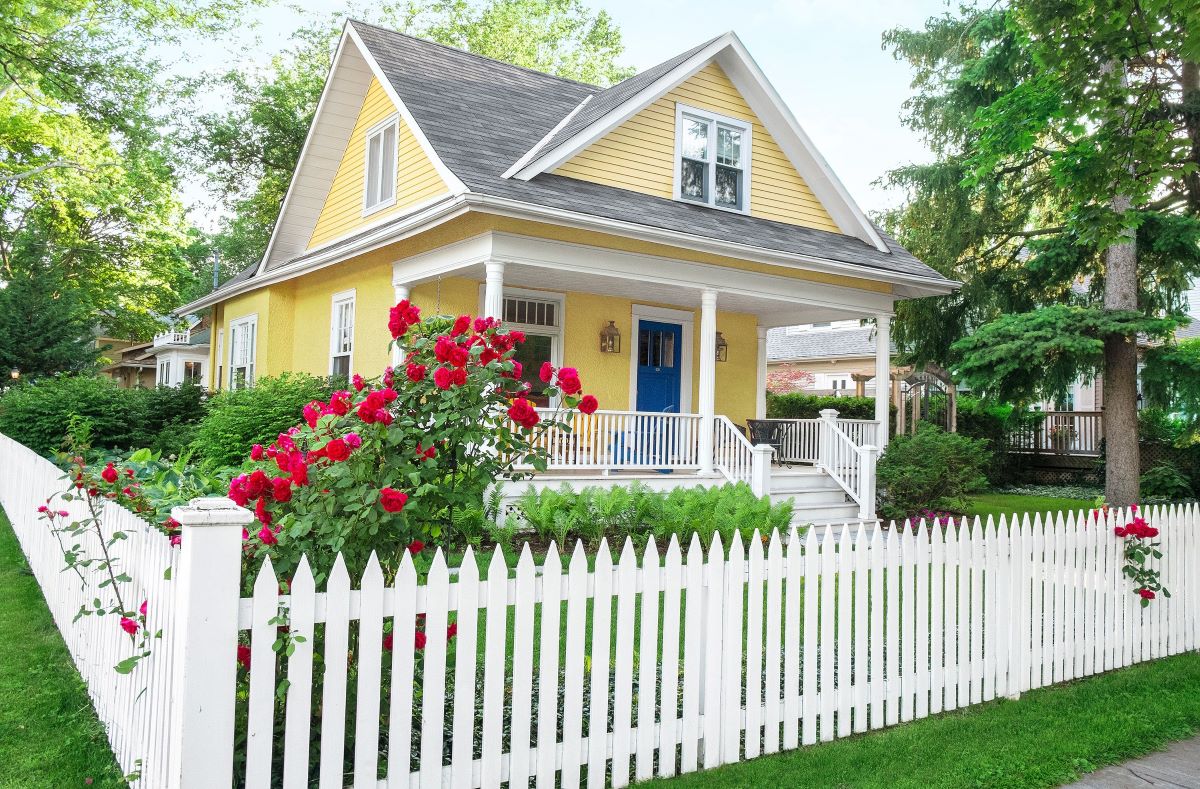

Articles
How Much Does White Picket Fence Cost
Modified: February 23, 2024
Find out the average cost of installing a white picket fence in this informative article. Discover tips and factors affecting the overall expenses.
(Many of the links in this article redirect to a specific reviewed product. Your purchase of these products through affiliate links helps to generate commission for Storables.com, at no extra cost. Learn more)
Introduction
A white picket fence has long been a quintessential symbol of the perfect suburban home, evoking images of a charming, idyllic neighborhood. This timeless and iconic fence style not only adds a touch of elegance and charm to any property but also serves practical purposes such as defining boundaries and enhancing security.
If you’re considering installing a white picket fence, one of the first questions that may come to your mind is, “How much does it cost?” The cost of a white picket fence can vary depending on various factors, including the materials used, the size of the fence, and any additional features or customization.
In this article, we will explore the different factors that can affect the cost of a white picket fence, the materials commonly used, the average cost of materials and labor, and additional costs to consider. We will also discuss the maintenance and repair costs that may arise over time and weigh the benefits and drawbacks of having a white picket fence.
By the end of this article, you will have a clearer understanding of what to expect in terms of cost when considering a white picket fence for your property.
Key Takeaways:
- Factors such as fence height, materials used, and gate installation significantly impact the cost of a white picket fence. Understanding these factors helps in creating a realistic budget for the project.
- While a white picket fence offers enhanced curb appeal and defined boundaries, it’s essential to consider potential drawbacks such as installation and maintenance costs, limitations on privacy, and vulnerability to weathering.
Read more: How Much Space Between Fence Pickets
Factors Affecting the Cost of a White Picket Fence
The cost of a white picket fence can vary depending on several factors. Understanding these factors will help you estimate the overall cost and make informed decisions. Here are some key factors that can influence the cost of a white picket fence:
- Fence Height and Length: The height and length of the fence will directly impact the cost. Taller and longer fences require more materials and labor, resulting in higher costs. Consider the purpose of the fence and the level of privacy and security you desire when determining the height and length.
- Materials Used: The choice of materials greatly affects the cost. White picket fences can be made from a variety of materials such as wood, vinyl, aluminum, or composite materials. Each material has its own cost and maintenance requirements. Wood is the most traditional and affordable option, while vinyl tends to be more expensive but requires less upkeep in the long run.
- Style and Design: The style and design of the fence can impact the cost. Intricate designs, decorative features, and customizations may incur additional expenses. A simple, classic white picket fence will generally be more affordable compared to a fence with intricate details.
- Gate Installation: If you require gates as part of your white picket fence, the cost will increase. The number of gates needed, their size, and the complexity of the installation will contribute to the overall cost. Additionally, automated or remote-control gates will be more expensive than standard manual gates.
- Location of Installation: The location of your property can also impact the cost of installation. Factors such as accessibility, terrain, and any additional site preparations required can affect labor costs. If the installation site is difficult to access or has challenging terrain, it may result in higher installation costs.
It’s essential to consider these factors when estimating the cost of a white picket fence. By carefully analyzing your needs, material choices, and design preferences, you can create a realistic budget and ensure the successful installation of your dream white picket fence.
Materials for a White Picket Fence
When it comes to a white picket fence, there are several materials to choose from. Each material has its own unique characteristics, costs, and maintenance requirements. Here are some commonly used materials for building a white picket fence:
- Wood: Wood is a popular and classic choice for a white picket fence. It offers a timeless and traditional look and can be painted white for that iconic aesthetic. Cedar and redwood are commonly used due to their natural resistance to rot and decay, which helps prolong the lifespan of the fence. Wood fences can be customized with various picket styles and decorative features to suit your preferences.
- Vinyl: Vinyl fences are becoming increasingly popular due to their durability and low maintenance requirements. Vinyl picket fences are available in various styles and heights and can mimic the appearance of painted wood. They are resistant to fading, cracking, and warping, making them a long-lasting and weather-resistant option.
- Aluminum: Aluminum fences offer a lightweight and elegant alternative to traditional wood fences. They are resistant to rust and require minimal maintenance. Aluminum picket fences are available in different styles, and the pickets can be spaced close together or with wider gaps, depending on your preference.
- Composite Materials: Composite materials, such as PVC composites, combine the advantages of different materials, offering the look of wood with the durability and low maintenance of vinyl. Composite picket fences are resistant to rot, insects, and fading, making them a long-lasting option that requires minimal upkeep.
It is important to consider your priorities when choosing the material for your white picket fence. Factors such as budget, desired aesthetics, durability, and maintenance requirements should all be taken into account. Additionally, it’s worth consulting with a professional fence contractor who can provide guidance based on your specific needs and preferences.
Remember, the material you choose will not only impact the initial cost of the fence but also its longevity and maintenance expenses. Properly selecting the materials for your white picket fence will ensure that you have a beautiful and functional fence that stands the test of time.
Average Cost of Materials for a White Picket Fence
The cost of materials for a white picket fence will vary depending on factors such as the chosen material, fence height, length, and any additional features or customization. Here is a general overview of the average cost of materials for a white picket fence:
- Wood: The cost of wood for a white picket fence can range from $10 to $25 per linear foot, depending on the quality of the wood and the region you’re in. Cedar and redwood are popular wood choices for their natural resistance to rot and decay, but they can be more expensive than other wood options.
- Vinyl: Vinyl is typically priced between $20 and $40 per linear foot for a white picket fence. Keep in mind that the cost may increase if you opt for a thicker or more ornate style. While the initial cost may be higher than wood, the low maintenance requirements of vinyl can make it a cost-effective choice in the long run.
- Aluminum: Aluminum picket fences generally range from $25 to $40 per linear foot. The cost can vary based on factors such as the design, height, and any additional features. Aluminum fences are known for their durability and resistance to rust, making them a worthwhile investment.
- Composite Materials: Composite materials like PVC composites are typically priced between $30 and $50 per linear foot for a white picket fence. Composite fences offer the appearance of wood with the low maintenance requirements of vinyl. While they may be a bit more expensive upfront, they can provide long-term cost savings on maintenance and repairs.
It’s important to note that these are average costs and can vary depending on factors such as the supplier, location, and any additional customization. Obtaining multiple quotes from reputable fence contractors in your area will give you a better idea of the specific costs involved based on your desired specifications.
Remember to factor in other materials required for installation, such as fence posts, concrete, nails, and hardware. These additional materials will also contribute to the overall cost.
By having a clear understanding of the average cost of materials, you can better plan your budget and make an informed decision about which material is best suited for your white picket fence project.
Labor Costs for Installing a White Picket Fence
In addition to the cost of materials, you will also need to consider the labor costs associated with installing a white picket fence. The labor costs can vary depending on factors such as the size and complexity of the project, the location, and the experience and expertise of the fence installer. Here are some key points to keep in mind regarding labor costs:
- Installation Time: The time required for installing a white picket fence will impact the labor costs. A simple, straight fence will generally be quicker to install than a fence with curves, slopes, or intricate designs. The terrain and any existing obstacles on the installation site can also affect the installation time.
- Fence Height and Length: The height and length of the fence will influence the labor costs. Taller and longer fences require more labor and time to install. The number of fence posts needed and the complexity of the gate installation will also affect the labor costs.
- Preparation and Site Clearance: Clearing the installation site and preparing the area for fence installation may involve additional labor costs. This can include removing any existing structures or vegetation, leveling the terrain, or making necessary adjustments to ensure a smooth installation process.
- Professional Fence Contractor: Hiring a professional fence contractor will add to the labor costs. However, their expertise and experience will ensure a quality installation and may result in a more durable and long-lasting white picket fence. It’s important to choose a reputable contractor who is licensed, insured, and skilled in fence installation to ensure the best results.
The labor costs can be calculated in different ways, such as a flat fee or an hourly rate. It is recommended to obtain multiple quotes from different fence contractors and compare the costs, quality of work, and customer reviews to make an informed decision.
On average, the labor costs for installing a white picket fence can range from $20 to $40 per linear foot. However, it’s important to note that this is just an estimate, and the actual costs may vary based on the factors mentioned above.
By considering these factors and understanding the labor costs involved, you can budget accordingly and ensure a smooth and efficient installation of your white picket fence.
Read more: How Much Is A Pallet Of Fence Pickets
Additional Costs to Consider
When planning for a white picket fence installation, it’s essential to consider any additional costs that may arise. These costs may not be directly related to the materials or labor but are still important factors to consider in your budget. Here are some additional costs to keep in mind:
- Permits and Regulations: Depending on your location, you may need to obtain permits for fence installation. Check with your local authorities to understand the requirements and any associated fees. Failing to comply with regulations may result in penalties or fines.
- Delivery and Transportation: If you’re purchasing materials yourself, you may need to account for the cost of transportation and delivery to your property. This may include renting a truck or hiring a delivery service.
- Post Installation: White picket fences require sturdy fence posts to ensure stability and longevity. Depending on the soil conditions and the number of posts required, you may need to consider the cost of post installation. This includes materials such as concrete, gravel, and any additional hardware necessary for securing the posts in place.
- Finishing and Stain: If you choose a wood fence, you may want to consider the cost of finishing materials such as paint or stain. These products help protect the wood from weathering, prolonging its lifespan. Additionally, if you opt for a vinyl fence, consider any additional decorative elements or accessories that you may want to add, such as post caps or finials.
- Maintenance and Repairs: While not an upfront cost, it’s important to factor in the long-term maintenance and repair costs of your white picket fence. Wood fences may require periodic staining or painting, while vinyl or aluminum fences may need occasional cleaning or repairs. Regular maintenance will help prevent costly repairs down the line.
By accounting for these additional costs, you can create a more accurate budget for your white picket fence project. It’s always a good idea to set aside a contingency fund to cover any unexpected expenses that may arise during the installation or maintenance process.
Proper planning and budgeting will help ensure a successful and hassle-free installation of your white picket fence while minimizing any financial surprises along the way.
When budgeting for a white picket fence, consider the material (vinyl, wood, etc.), the length and height of the fence, and any additional features like gates or decorative elements. Get quotes from multiple contractors to compare costs.
Maintenance and Repair Costs for a White Picket Fence
Maintaining and repairing your white picket fence is crucial to ensure its longevity and preserve its appearance. While the maintenance and repair costs will depend on the material and condition of your fence, here are some common considerations:
- Cleaning: Regular cleaning is essential for maintaining the beauty of your white picket fence. For wood fences, this may involve scrubbing with a mild detergent and water to remove dirt and grime. Vinyl and aluminum fences can typically be cleaned with a garden hose or pressure washer. Consider the cost of cleaning supplies and equipment when budgeting for maintenance.
- Painting/Staining: Wood fences may require periodic painting or staining to protect against weathering and enhance their appearance. The cost of paint or stain, as well as any necessary brushes or rollers, should be factored into your maintenance budget. Vinyl and aluminum fences generally do not require painting or staining, reducing long-term maintenance costs.
- Repairing Damages: Over time, your white picket fence may experience wear and tear or sustain damage from weather events or accidental impacts. Repairing broken or loose pickets, damaged posts, or sections of the fence may incur additional costs. The extent of the repairs and the type of material used will determine the expenses involved.
- Replacing Parts: If individual pickets, posts, or other components of your white picket fence become irreparable, you may need to replace them. The cost of replacement parts will depend on the material and size of the pieces needed. It’s important to choose replacement parts that match the existing fence to maintain consistency in appearance.
- Professional Maintenance: If you don’t have the time or expertise to maintain your white picket fence, you may opt to hire a professional maintenance service. Hiring professionals for routine inspections, cleaning, and repairs will add to the overall maintenance costs but can ensure that your fence remains in optimal condition.
It’s important to note that different materials have varying maintenance requirements and associated costs. For example, wood fences may require more regular maintenance and repair compared to vinyl or aluminum fences, which are generally low maintenance.
By budgeting for ongoing maintenance and occasional repairs, you can protect your investment and enjoy the benefits of a well-maintained white picket fence for years to come.
Benefits and Drawbacks of a White Picket Fence
A white picket fence offers numerous benefits for homeowners, but it’s also important to consider the potential drawbacks. Understanding both the advantages and disadvantages will help you make an informed decision about whether a white picket fence is the right choice for your property.
Benefits of a White Picket Fence:
- Enhanced Curb Appeal: A white picket fence adds a touch of traditional charm and elegance to any property. It serves as an attractive feature that can enhance the overall curb appeal and increase the value of your home.
- Defined Boundaries: A white picket fence clearly defines the boundaries of your property, providing privacy and a sense of security. It helps deter unwanted foot traffic and marks a clear separation from neighboring properties.
- Aesthetic Versatility: White picket fences can be customized to suit various styles and preferences. You can choose from different material options, heights, and picket designs to create a fence that complements the architectural style of your home.
- Symbol of Community: White picket fences are often associated with tight-knit communities and evoke a sense of nostalgia. They represent a welcoming and friendly atmosphere, enhancing the sense of community in your neighborhood.
- Low-Maintenance Options: Depending on the material chosen, white picket fences can require minimal maintenance. Vinyl and aluminum fences, for example, typically do not require painting, staining, or frequent repairs. This saves time and money in the long run.
Read more: What Is A Fence Picket
Drawbacks of a White Picket Fence:
- Installation and Maintenance Costs: The upfront cost of installing a white picket fence can be a significant investment, especially if you opt for high-quality materials. Additionally, regular maintenance, such as cleaning and painting, may incur ongoing expenses.
- Limitations on Privacy: While a white picket fence adds a decorative boundary, it does not provide complete privacy. Gaps between pickets allow visibility into your property, which may not be suitable for individuals seeking maximum privacy.
- Vulnerability to Weathering: Some materials, like wood, may be susceptible to weathering over time. Exposure to sun, rain, and extreme temperatures can lead to fading, warping, or rotting, requiring regular maintenance and potential repairs.
- Limited Security: While a white picket fence can serve as a deterrent, it may not provide the same level of security as solid barrier options. Intruders can easily climb over or see through the fence, so additional security measures may be necessary.
- Restrictions in Homeowners Associations: If you live in a community governed by a homeowners association (HOA), there may be specific guidelines and restrictions regarding fence materials, height, and style that you need to adhere to, which could limit your options.
Considering these benefits and drawbacks will help you evaluate whether a white picket fence aligns with your personal preferences, needs, and budget. It’s always advisable to consult with a fence professional to assess the specific requirements of your property and any applicable regulations before making your final decision.
Conclusion
A white picket fence can be a charming addition to any home, adding character, defining boundaries, and enhancing the overall aesthetic appeal of the property. Before embarking on a white picket fence project, it’s important to consider various factors that can impact the cost and overall satisfaction with the fence.
We discussed the factors that can affect the cost of a white picket fence, including fence height and length, materials used, style and design, gate installation, and location. Understanding these factors will help you create a realistic budget and make informed decisions about the materials and features you choose.
When it comes to material options, wood, vinyl, aluminum, and composite materials each offer their own characteristics, costs, and maintenance requirements. Choosing the right material for your white picket fence depends on factors such as budget, desired aesthetics, durability, and maintenance preferences.
It’s crucial to consider both the initial installation costs and the long-term maintenance and repair costs associated with a white picket fence. Proper ongoing maintenance, such as cleaning, painting, and occasional repairs, will help ensure the fence remains in optimal condition and preserves its beauty and functionality.
While a white picket fence offers numerous benefits such as enhanced curb appeal, defined boundaries, and aesthetic versatility, it’s important to be aware of potential drawbacks such as installation and maintenance costs, limitations on privacy, vulnerability to weathering, limited security, and possible restrictions in homeowners associations.
In conclusion, a white picket fence can be a beautiful and iconic addition to your property, but it’s crucial to carefully consider the various factors, materials, costs, and maintenance requirements involved. By doing so, you can make an informed decision and create a charming and enduring white picket fence that brings joy to your home for years to come.
Frequently Asked Questions about How Much Does White Picket Fence Cost
Was this page helpful?
At Storables.com, we guarantee accurate and reliable information. Our content, validated by Expert Board Contributors, is crafted following stringent Editorial Policies. We're committed to providing you with well-researched, expert-backed insights for all your informational needs.
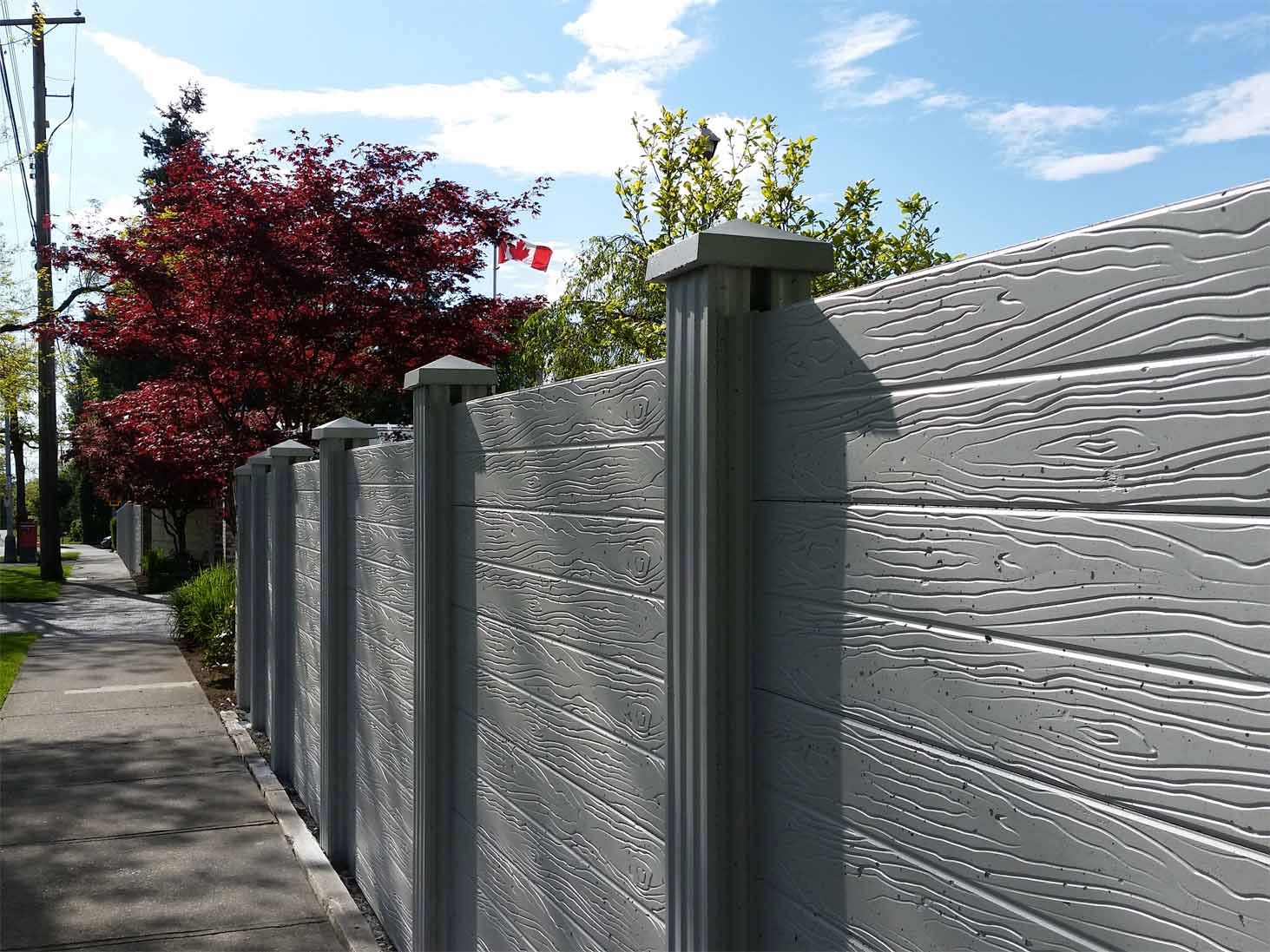

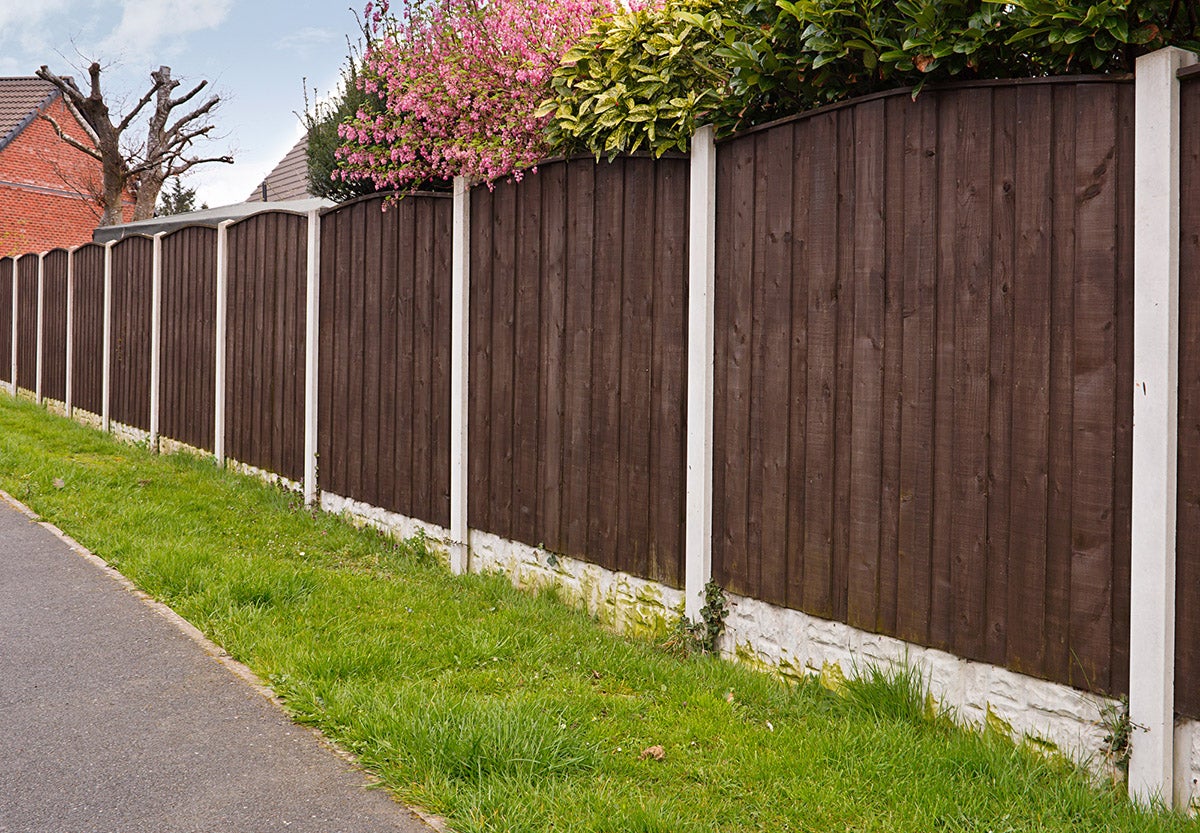
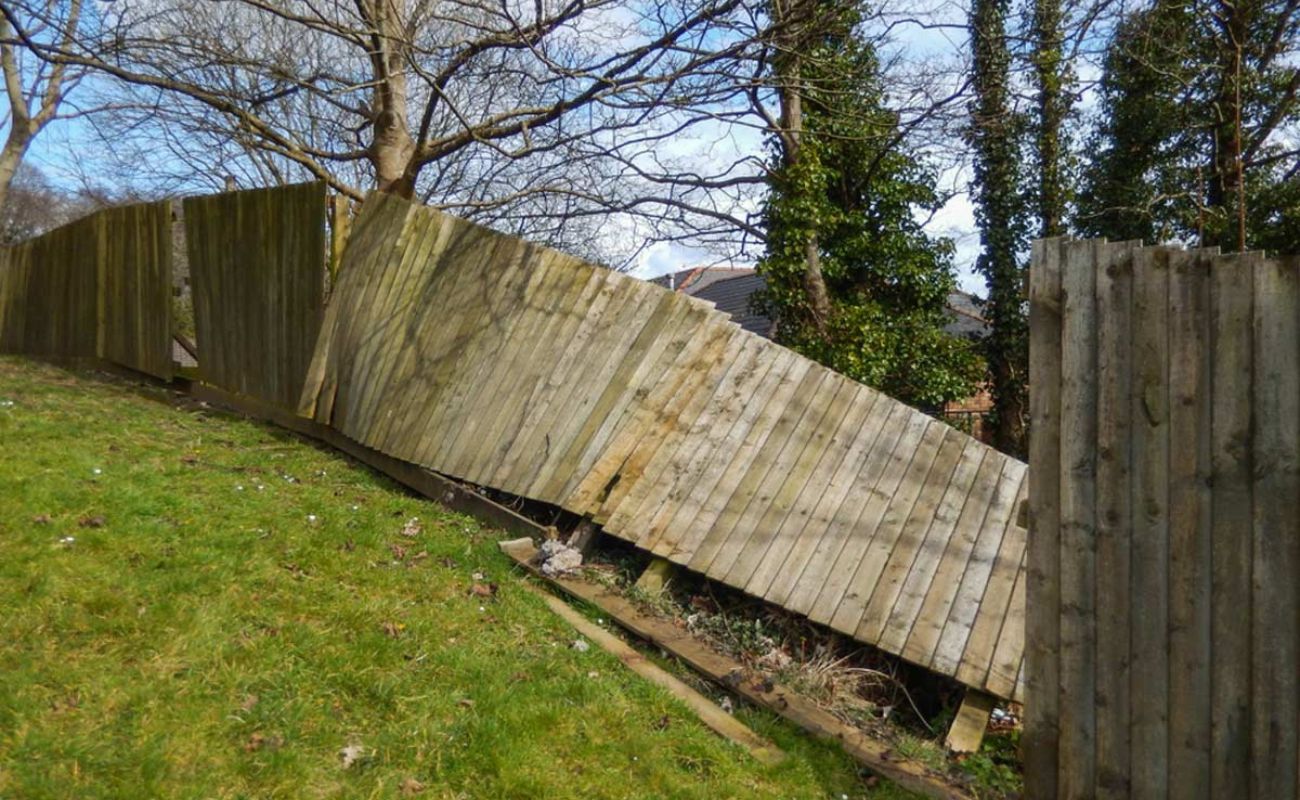
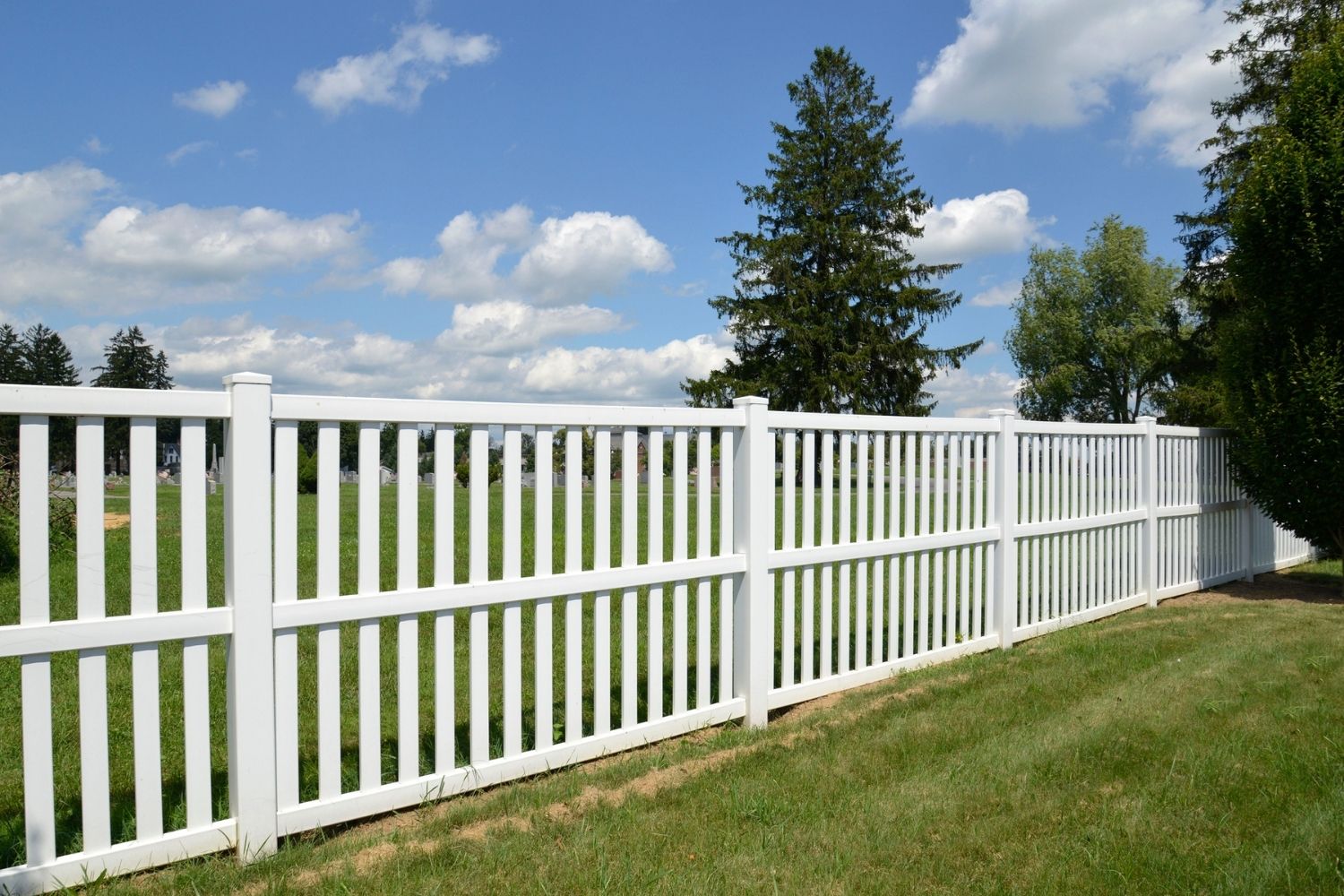
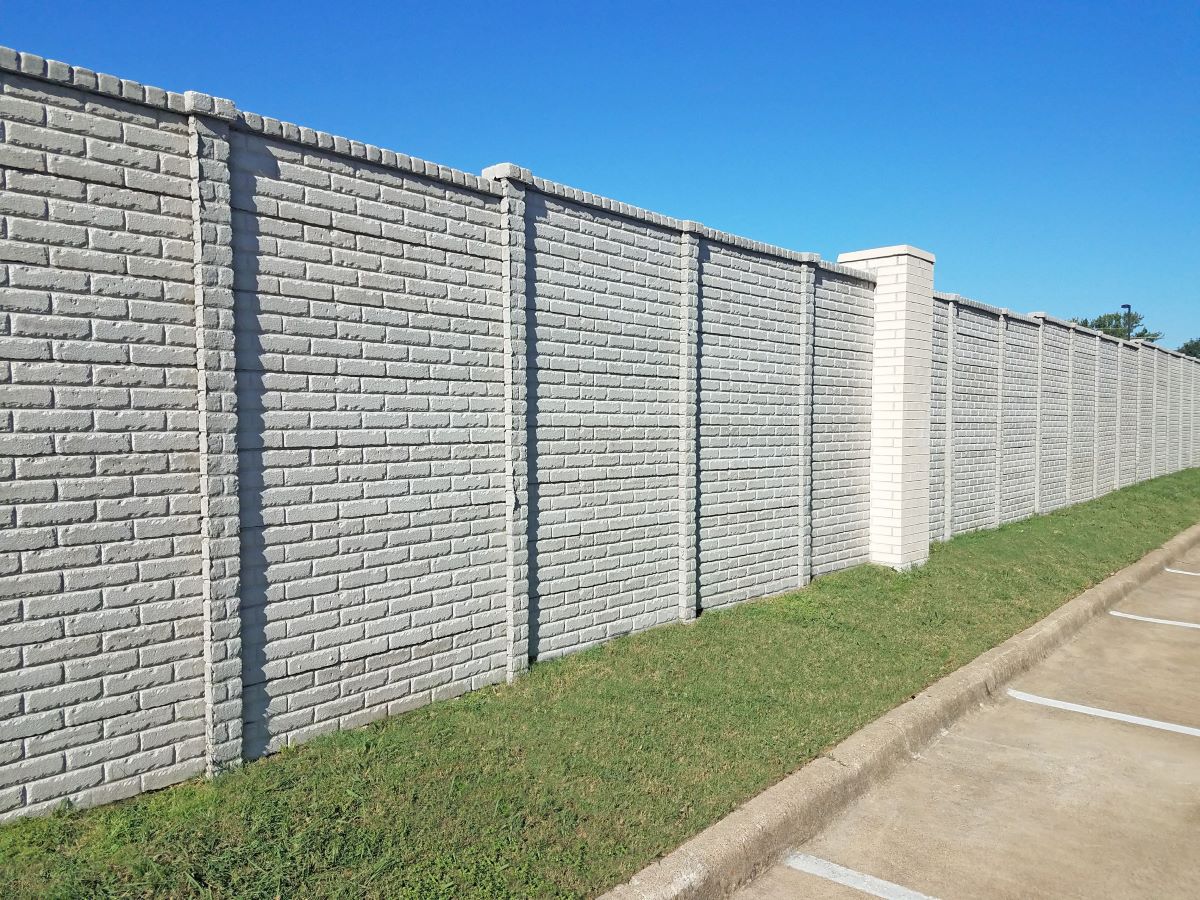
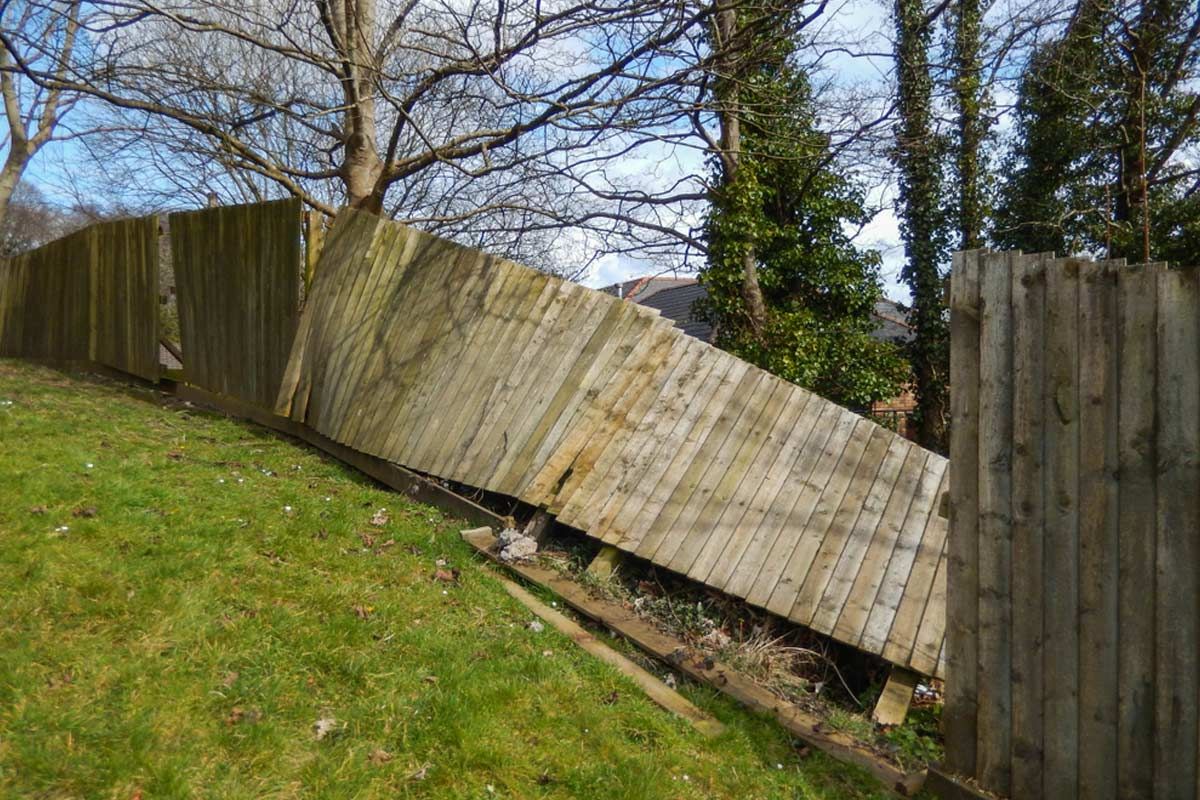
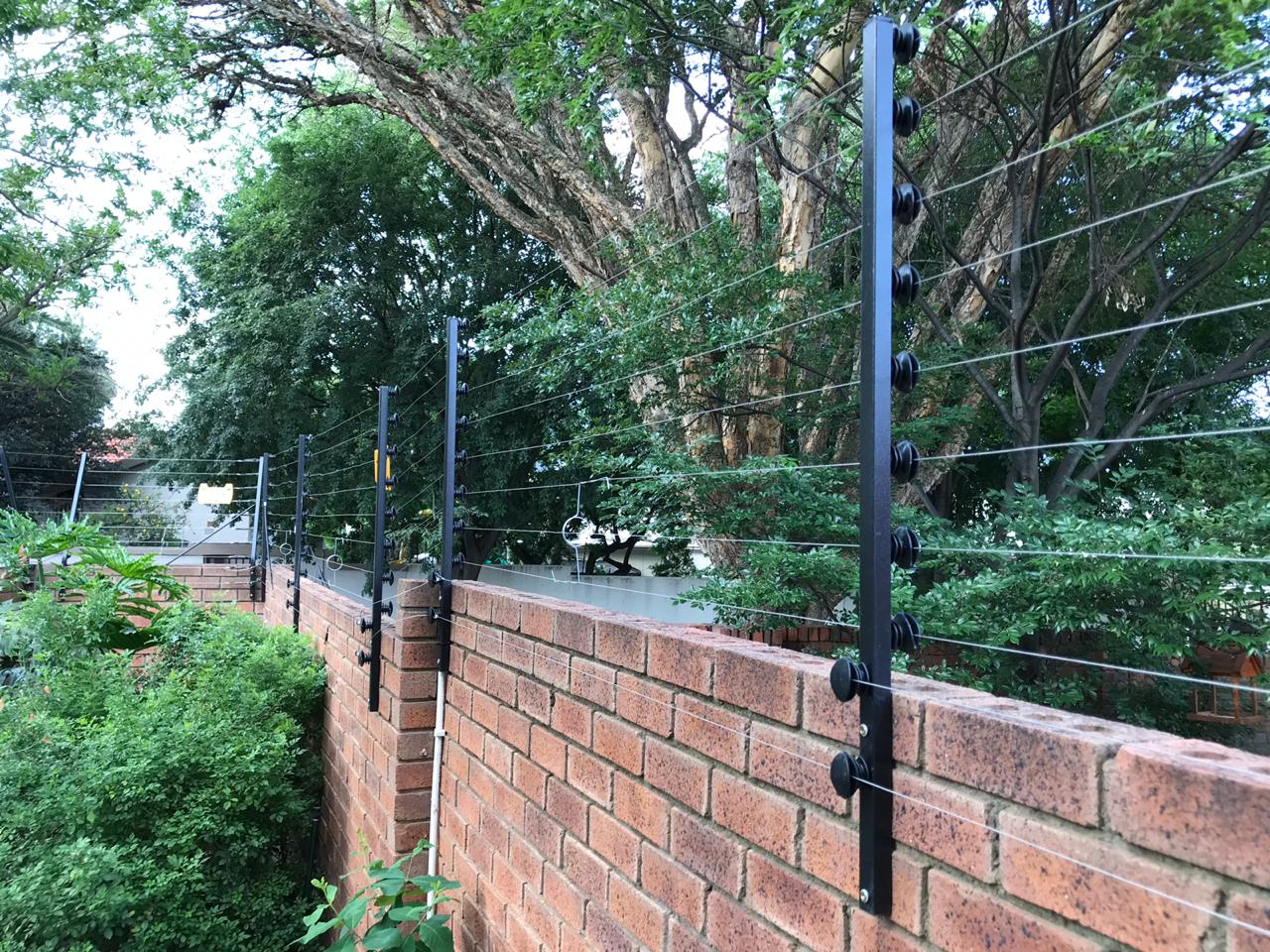
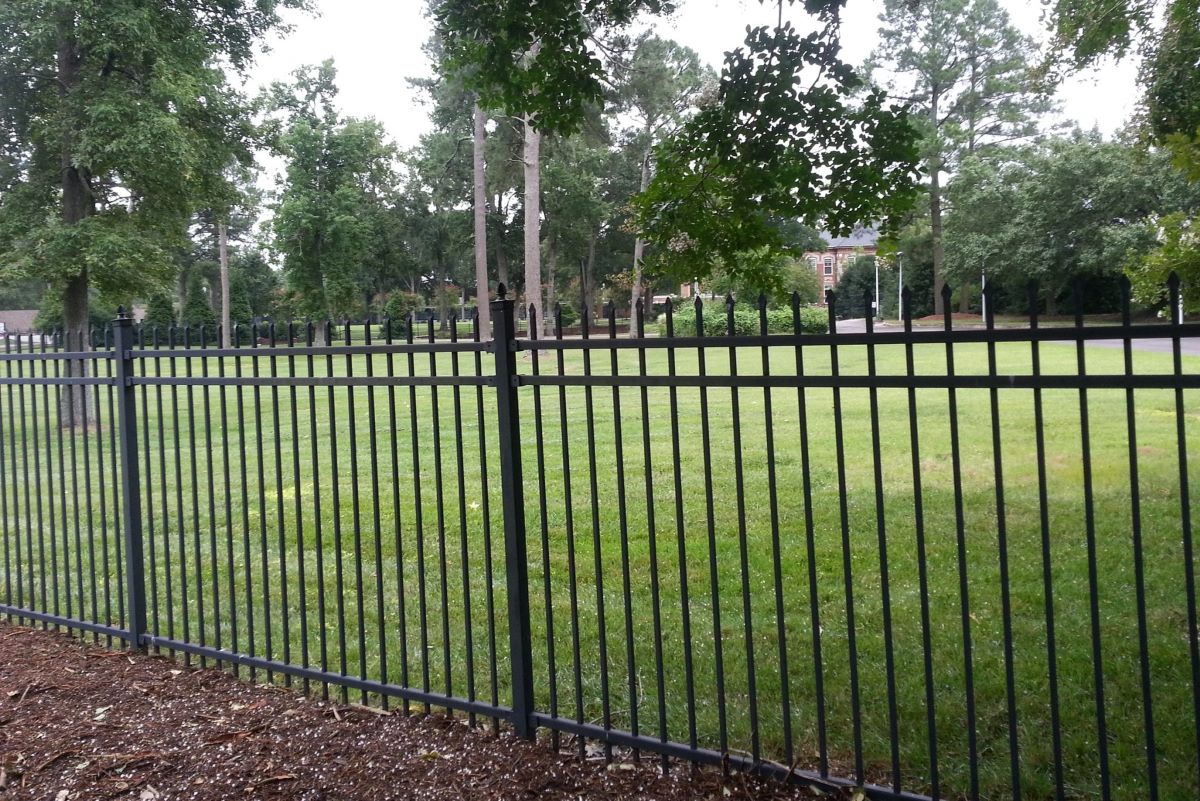
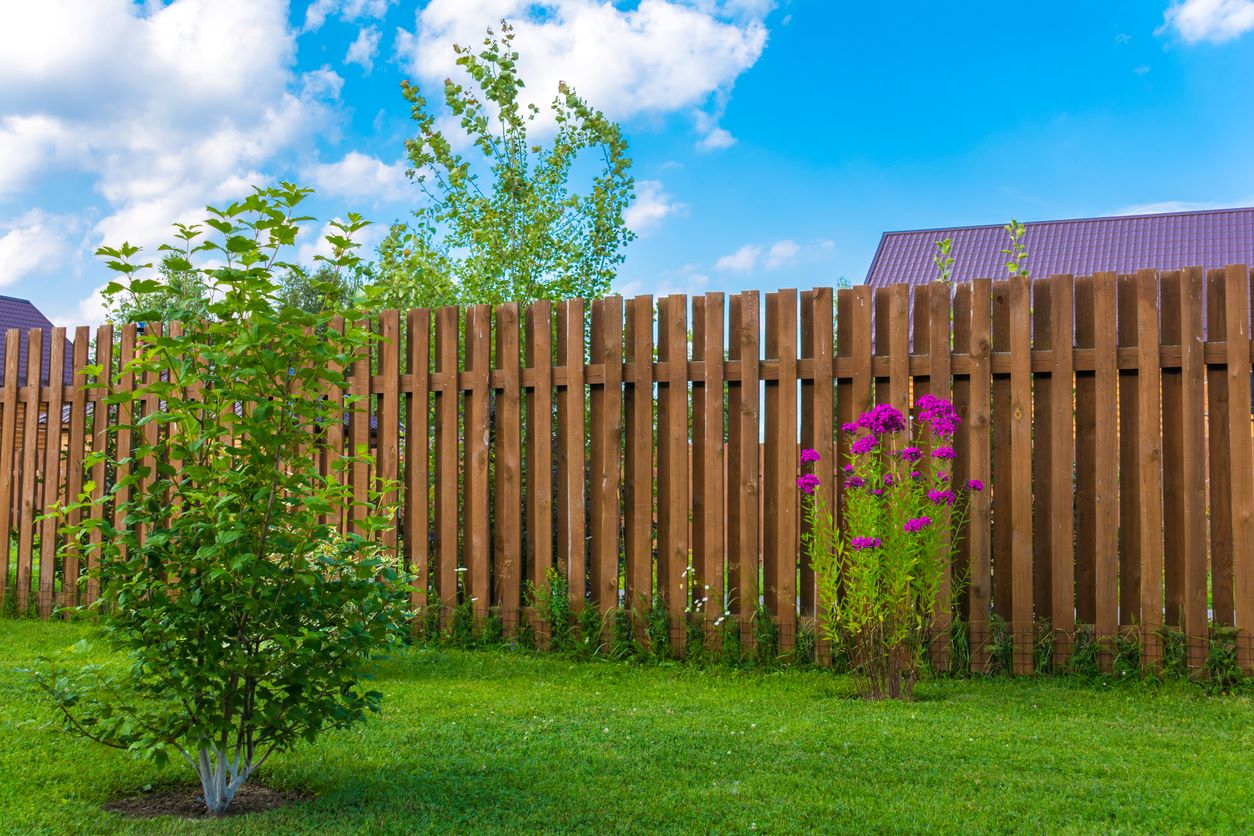
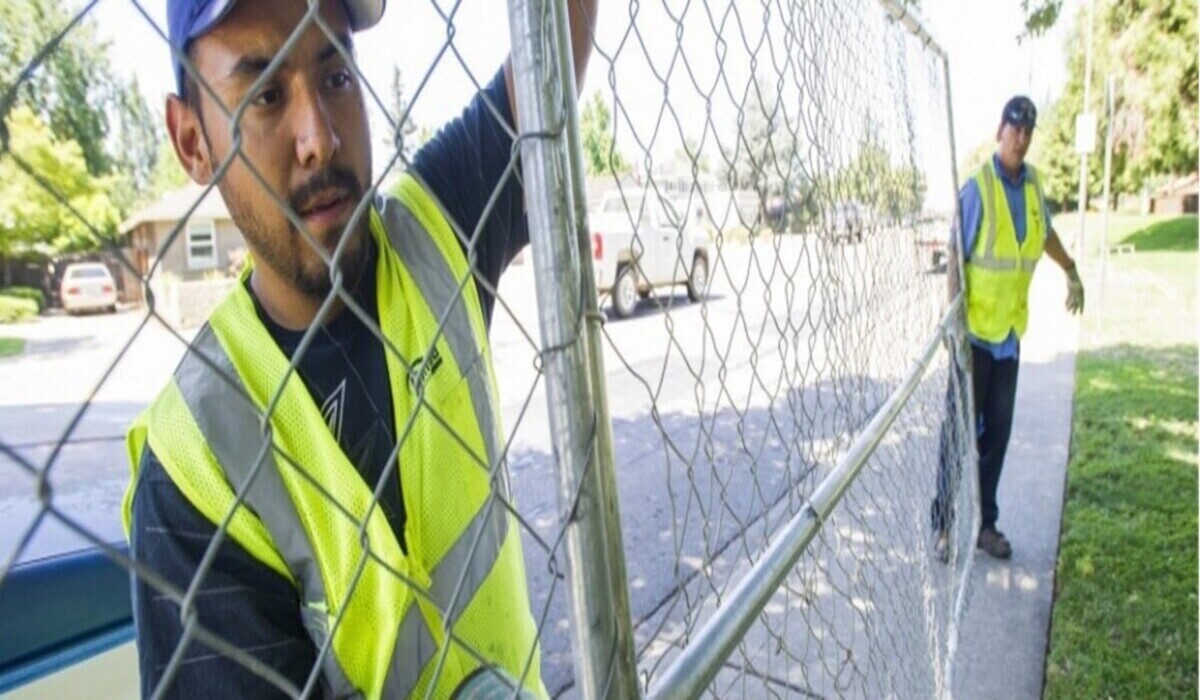
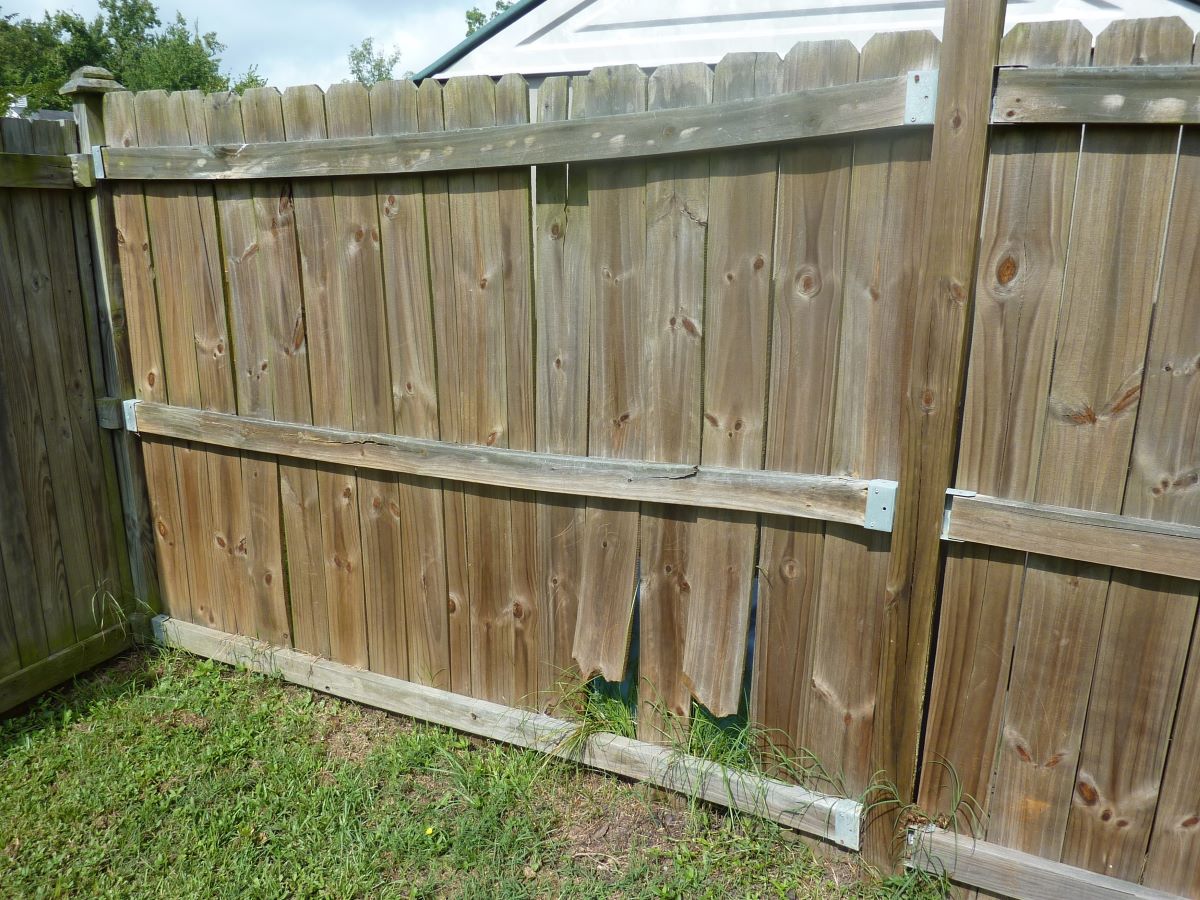
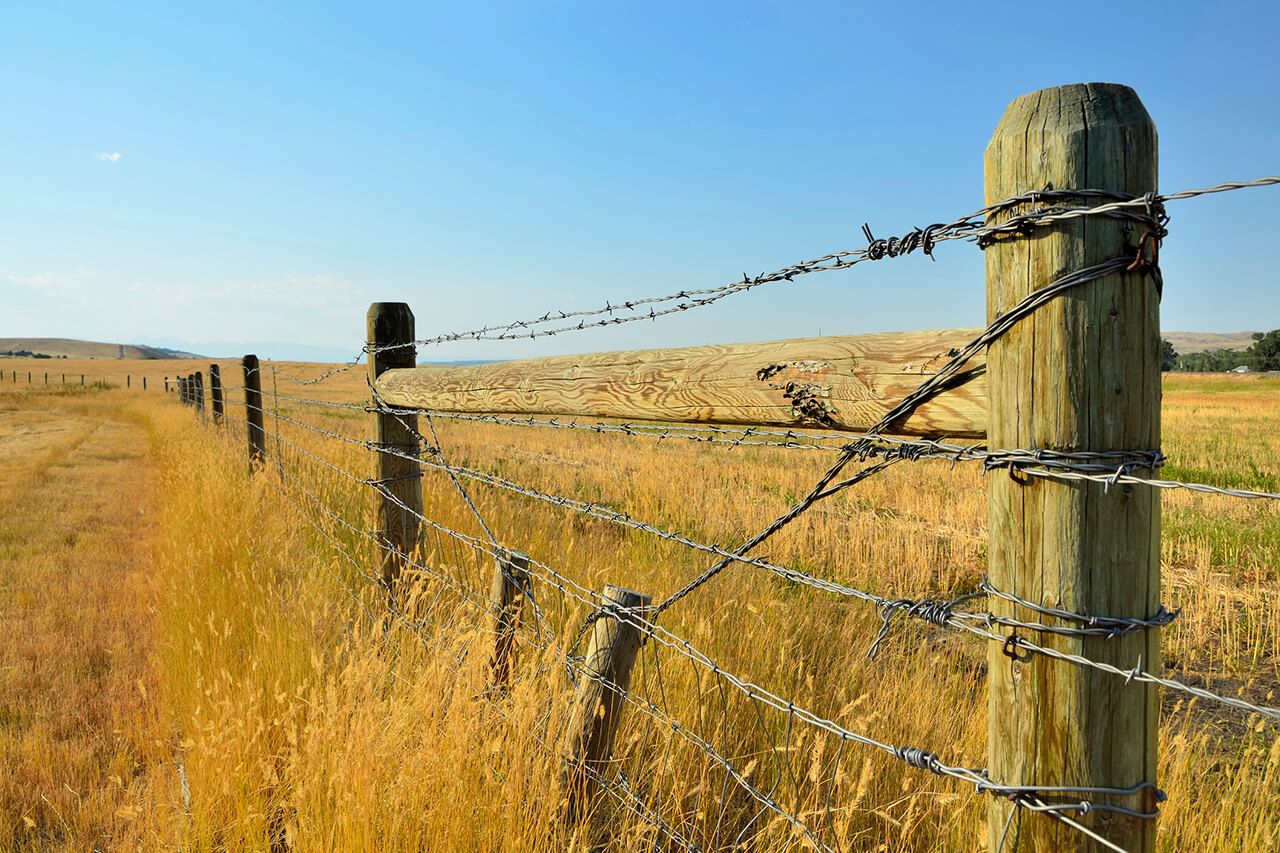

0 thoughts on “How Much Does White Picket Fence Cost”